Blog
7 Best Tasting Avocado Varieties You Must Try
Have you ever bought an avocado, sliced it open with high hopes, and then felt disappointed because the flavor was bland or watery? If you are like me, you want that perfect bite of avocado that is creamy, nutty, and satisfying every single time. The truth is not all avocados are created equal. Some varieties are richer, some are smoother, and some are simply unforgettable when it comes to taste.
If you have ever wondered which avocado variety truly tastes the best, you are in the right place. With more than a decade of experience in gardening and food blogging, I have not only tasted many different avocado cultivars but also grown them in my own backyard. In this guide, I will introduce you to seven of the best-tasting avocado varieties, explain why they are special, and share tips for both enjoying them at the table and growing them in your garden.
Why Flavor Matters When Choosing an Avocado
Flavor is not just about indulgence. It is about making the most of the fruit you buy or grow. When you pick the right variety, you enjoy an avocado that is consistently delicious, whether you are spreading it on toast, slicing it into a salad, or whipping up a bowl of guacamole.
Here are the main factors that affect flavor:
-
Oil content: Avocados with higher oil tend to be creamier and richer.
-
Texture: The flesh should feel buttery and smooth, not stringy or watery.
-
Flavor notes: Some avocados lean nutty and earthy, while others taste mild or grassy.
-
Reliability: Certain varieties keep their flavor consistently year after year.
-
Seasonality: Different varieties peak at different times of the year, which can affect both taste and availability.
Gardeners often pay attention to yield or disease resistance, but if flavor is your top priority, these qualities matter most.
7 Best Tasting Avocado Varieties
Here are the avocado varieties that consistently come out on top for flavor. If you are a gardener, you might also notice that some of these are excellent options for backyard growing.
1. Hass Avocado
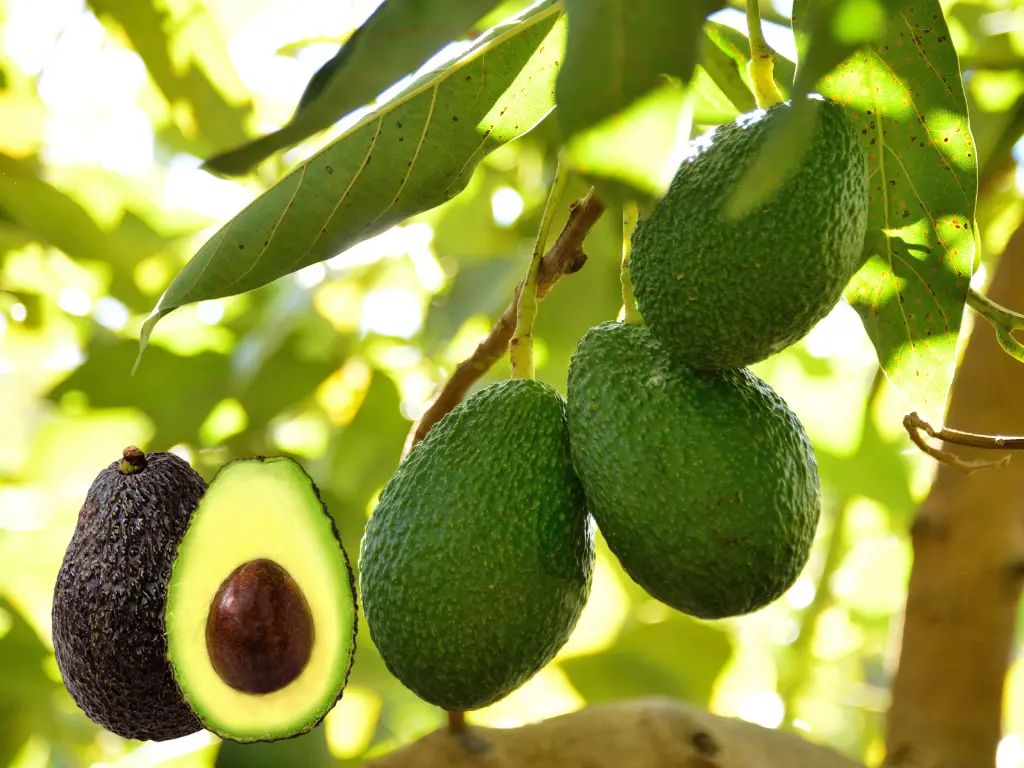
Hass is the variety you see in almost every grocery store across the United States. It is the most popular for good reason. With a rich nutty taste and creamy texture, Hass has set the standard for what people expect an avocado to taste like.
-
Flavor: Bold, nutty, and satisfying.
-
Oil content: Around 18 percent, which gives it that buttery mouthfeel.
-
Season: Available nearly all year, thanks to California and Mexico production.
- USDA Zones: 9b to 11 (best in Southern California, parts of Florida, and Hawaii)
-
Best use: Guacamole, toast, sandwiches, or simply eating with a spoon.
If you are planting avocados at home and want a reliable tree, Hass is an easy choice. It produces fruit that almost everyone loves.
Read more: How to Grow and Care for Hass Avocado Trees: A Complete Guide
2. Fuerte Avocado
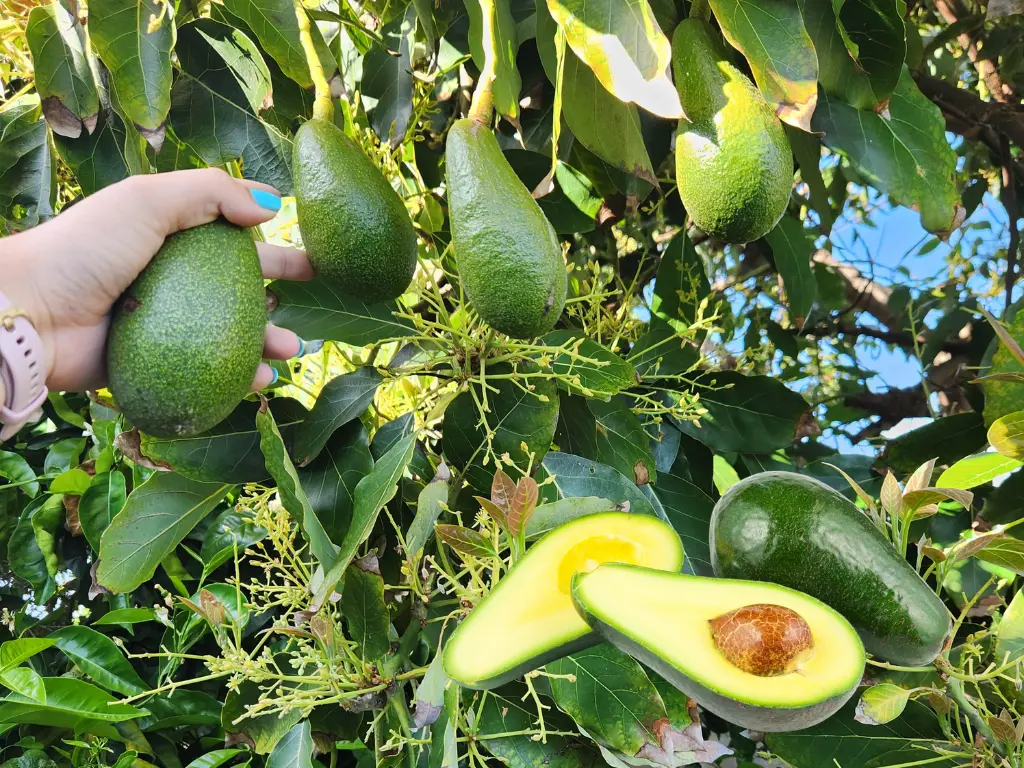
Before Hass dominated the market, Fuerte was the most beloved avocado in the United States. Many gardeners and older growers still prefer it for its smooth, nutty flavor.
-
Flavor: Subtle, nutty, slightly sweet.
-
Texture: Creamy but lighter than Hass.
-
Season: Winter into spring.
- USDA Zones: 9a to 11 (a bit more cold tolerant, performs well in Southern California and some Texas regions)
-
Best use: Fresh eating and salads.
Gardeners appreciate Fuerte because it is a hybrid of Mexican and Guatemalan varieties, making it more cold-tolerant than Hass. If you live in an area with cooler winters, this may be your best-tasting option.
3. Reed Avocado
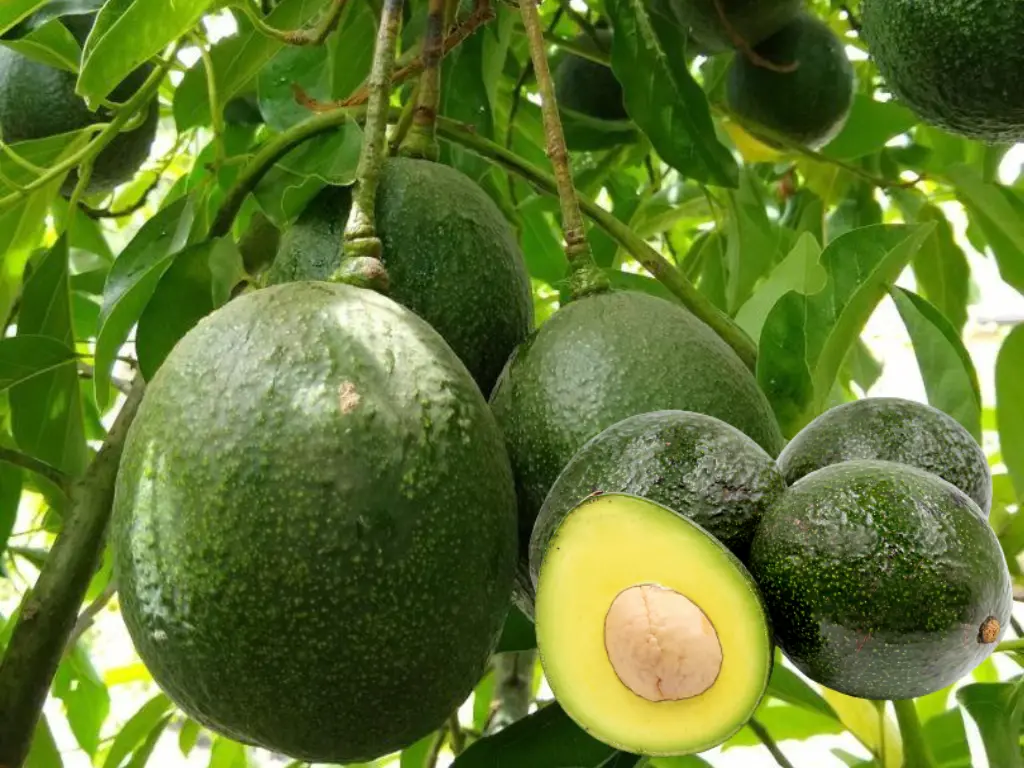
Reed avocados are large, round, and often overlooked, but they are a real treat. The flavor is buttery, slightly sweet, and extremely creamy.
-
Flavor: Buttery with a hint of sweetness.
-
Texture: Dense and very creamy.
-
Season: Summer.
- USDA Zones: 10 to 11 (prefers warmer areas such as coastal California and Florida)
-
Best use: Sliced for salads or eaten plain.
One Reed avocado can weigh up to a pound, making it perfect for sharing. If you enjoy backyard barbecues in the summer, a Reed sliced fresh on the side of a grilled meal is an unbeatable addition.
4. Lamb Hass
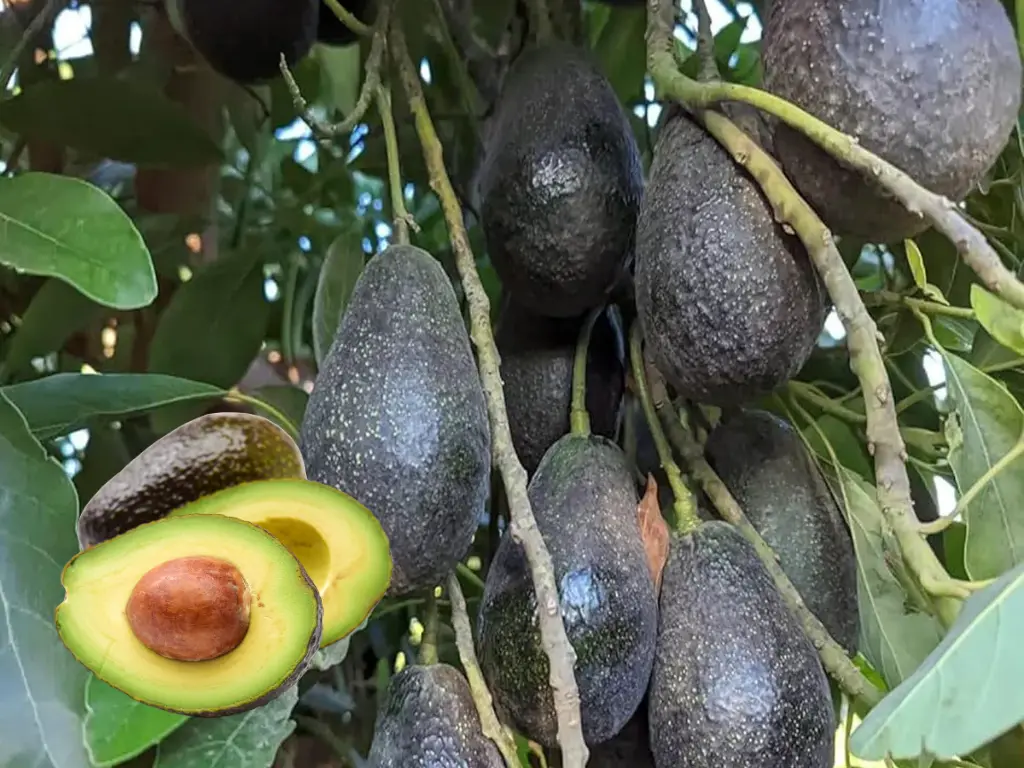
Lamb Hass is closely related to Hass but grows larger and matures later in the season. Its flavor is mild and creamy, making it great for those who like a more subtle avocado taste.
-
Flavor: Creamy, nutty, milder than Hass.
-
Texture: Smooth and rich.
-
Season: Summer into early fall.
- USDA Zones: 9b to 11 (thrives in California and Florida)
-
Best use: Guacamole or spreads.
This is a favorite among home growers because the tree produces heavily. If you want plenty of fruit and a reliable flavor, Lamb Hass delivers.
5. Gwen Avocado
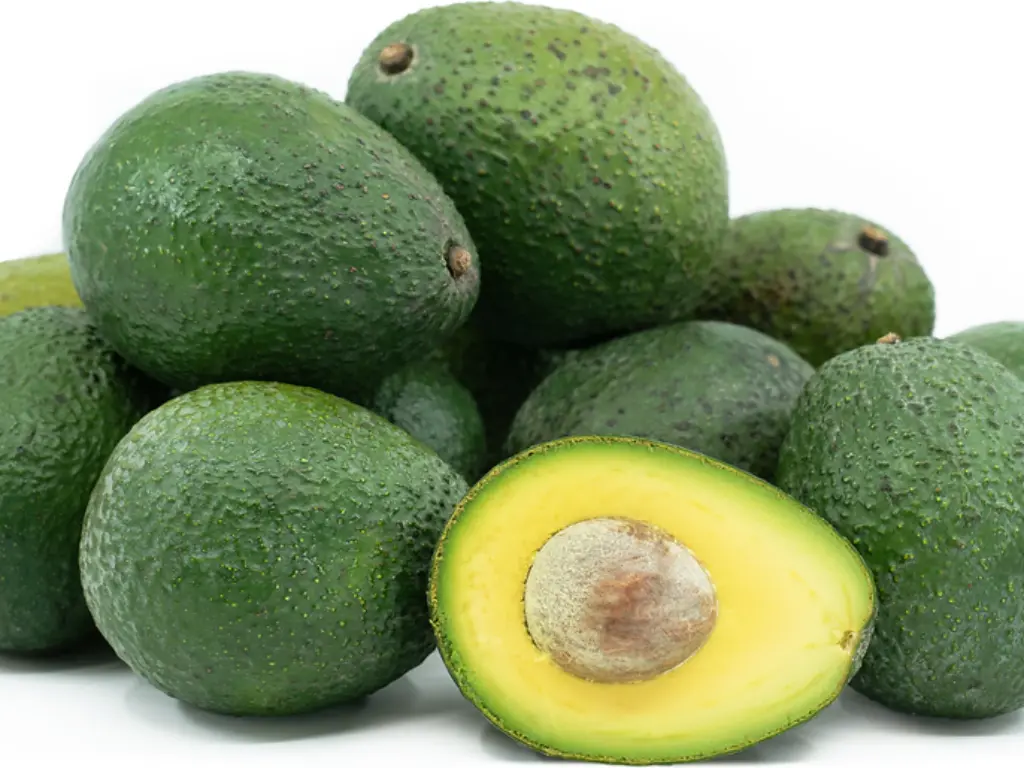
Gwen is sometimes described as a gourmet version of Hass. Although smaller, it offers consistently rich flavor with a buttery and nutty finish.
-
Flavor: Nutty, buttery, balanced.
-
Texture: Smooth and fine-grained.
-
Season: Spring and summer.
- USDA Zones: 9b to 11 (compact tree, good for smaller yards in California and Florida)
-
Best use: Toast, sandwiches, or eating fresh.
While not as widely available, Gwen is a gem if you find it at a farmers’ market. Gardeners also appreciate it because the trees are smaller and manageable for backyard spaces.
6. Pinkerton Avocado
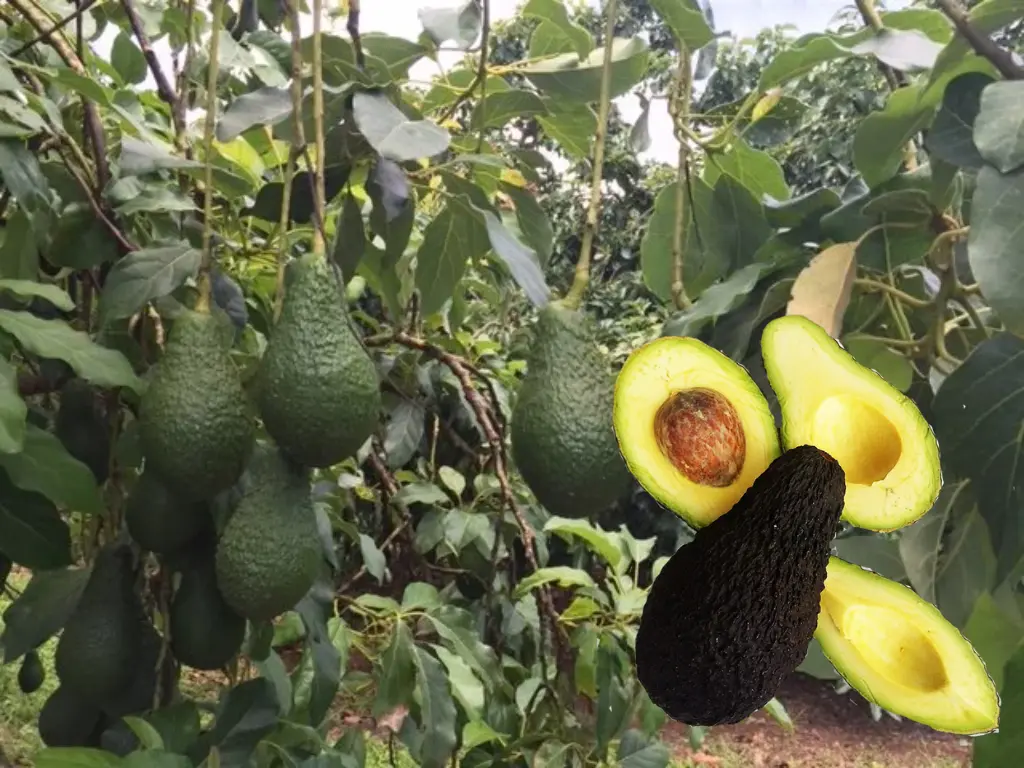
Pinkerton avocados are long, pear-shaped, and well-loved for having more edible flesh compared to their small seed. Their flavor is creamy and slightly grassy.
-
Flavor: Creamy with grassy undertones.
-
Texture: Smooth and mashable.
-
Season: Winter through spring.
- USDA Zones: 9b to 11 (does well in Southern California and Florida, compact tree suitable for home growers)
-
Best use: Guacamole, dips, or spreads.
This is a top choice for gardeners who want a compact tree that still produces good fruit. Plus, the high flesh-to-seed ratio makes Pinkerton a smart buy for anyone who hates wasting avocado.
7. GEM Avocado
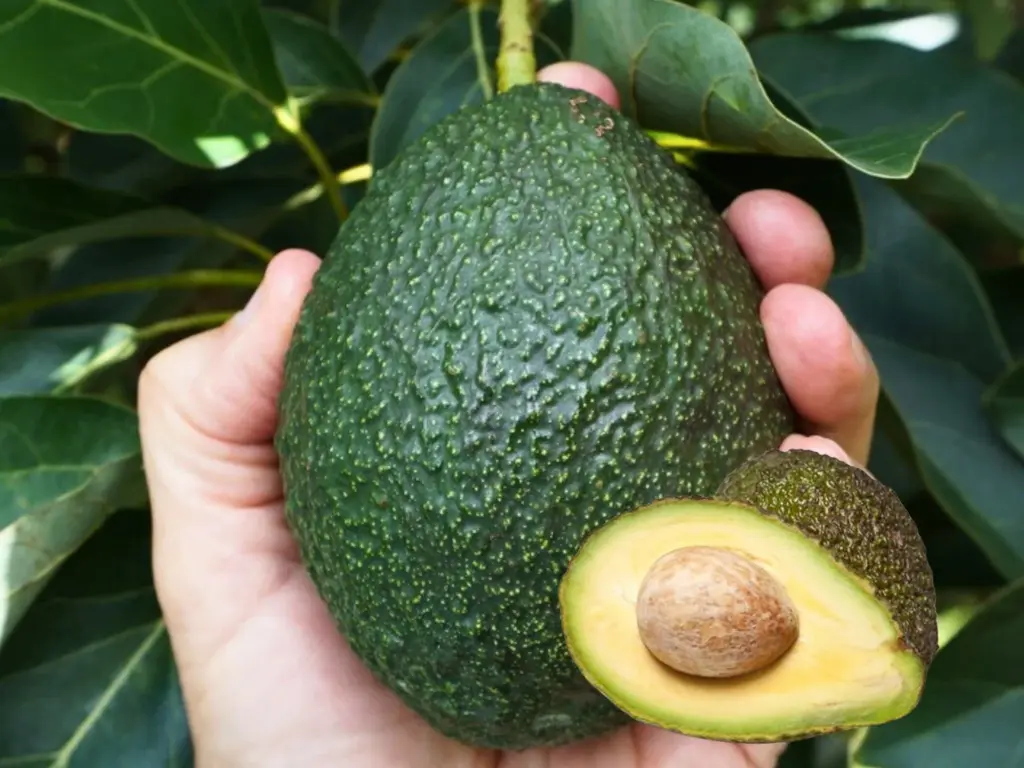
GEM is a relatively new variety that is gaining popularity for its outstanding flavor and thick skin. It tastes bold, nutty, and rich, similar to Hass but often creamier.
-
Flavor: Bold, nutty, and rich.
-
Texture: Dense and buttery.
-
Season: Spring and early summer.
- USDA Zones: 9b to 11 (popular among backyard growers in California, performs well in warm subtropical climates)
-
Best use: Fresh gourmet dishes and salads.
GEM is becoming popular in farmers’ markets as a premium avocado, and gardeners are beginning to recognize its value for both taste and resilience.
How to Taste and Evaluate an Avocado
If you really want to understand which avocado variety suits your taste, try a simple tasting method.
-
Check ripeness by gently squeezing the fruit. It should give slightly without feeling mushy.
-
Smell the avocado. A ripe one often has a mild nutty aroma.
-
Cut it open and look at the flesh. It should be bright green or golden and free of strings.
-
Taste a spoonful on its own. Pay attention to the flavor notes, whether they are nutty, buttery, grassy, or sweet.
Doing this side by side with two or three varieties can be eye-opening. Gardeners often describe it as similar to wine tasting because each variety carries unique flavor notes.
Tips for Buying or Growing Avocados
For buyers: Hass will always be the easiest to find in grocery stores. Farmers’ markets are your best bet if you want to try Reed, Gwen, GEM, or Pinkerton.
For gardeners:
-
Match the variety to your USDA zone. Southern California and Florida climates are best for most cultivars.
-
Pay attention to pollination types. Avocados are either Type A or Type B bloomers, and planting one of each can increase yield.
-
Store avocados properly. Keep them at room temperature until ripe, then refrigerate to preserve flavor.
Growing your own tree means you can taste avocados at peak ripeness, which is when flavor truly shines.
Conclusion
When it comes to flavor, Hass remains the king of the supermarket, but adventurous avocado lovers will find treasures in Reed’s buttery sweetness, Gwen’s refined balance, and GEM’s bold nutty richness. If you are a gardener, exploring these varieties in your own backyard can be incredibly rewarding.
Think of avocados like different grape varieties in wine. Each has unique qualities, and the more you explore, the more you appreciate the complexity of this fruit. Whether you are buying from a store or planting in your garden, knowing which avocado varieties taste the best will make every meal more enjoyable.
Frequently Asked Questions (FAQs)
Q1. What makes an avocado taste the best?
The combination of oil content, creamy texture, and ripeness determines the flavor. Higher oil avocados like Hass or Reed taste richer and more satisfying.
Q2. Is Hass always the best tasting?
Not necessarily. While Hass is popular, many avocado enthusiasts consider Reed, Gwen, or GEM to be just as delicious, if not better.
Q3. Do avocados taste different depending on where they are grown?
Yes. Soil, climate, and harvest time all influence the flavor. An avocado grown in California might taste slightly different from the same variety grown in Florida.
Q4. How do I keep avocados tasting fresh after purchase?
Let them ripen at room temperature. Once ripe, refrigerate them to slow down over-ripening. Cut only when you are ready to eat for the best flavor.
Q5. How many varieties of avocados are there?
There are over 500 avocado varieties worldwide, but only a handful are widely grown and sold in the United States. Hass, Fuerte, Reed, Gwen, Pinkerton, Lamb Hass, and GEM are among the tastiest and most accessible. Many lesser-known varieties are still cultivated in backyard orchards, research centers, or regional farms.
Related Posts:

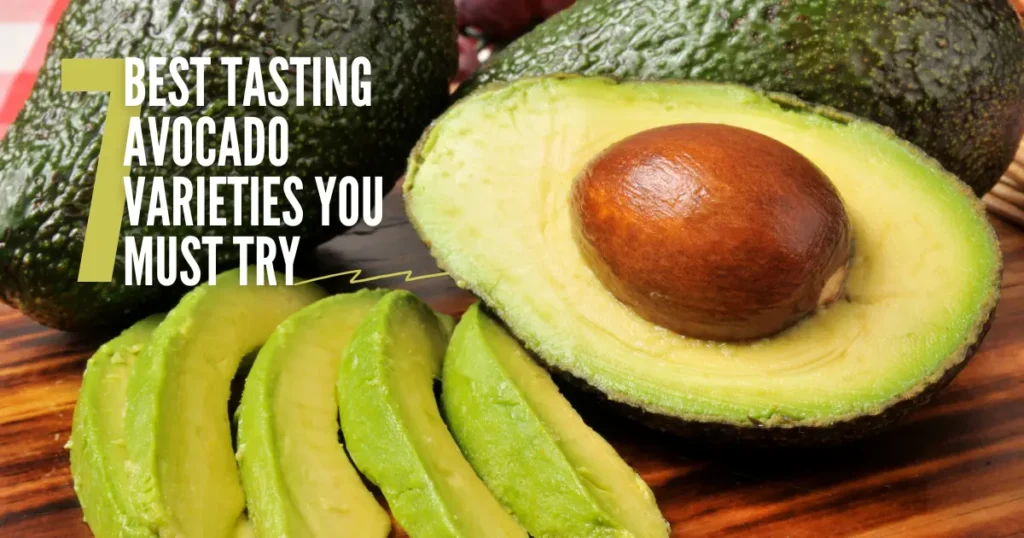
Swedish Ivy Care: How to Grow a Healthy, Thriving Plant
Have you ever looked at your Swedish Ivy and wondered why the leaves are turning [...]
Nov
Avoid These 10 Garlic Planting Mistakes for Bigger, Healthier Bulbs
Growing garlic at home is one of the most satisfying things a gardener can do [...]
Nov
How to Prevent Christmas Cactus Bud Drop: Tips for a Healthy Bloom
Have you ever noticed your beautiful Christmas cactus (Schlumbergera) starting to lose its buds just [...]
Nov
Discover 7 Stunning Types of Night-Blooming Cereus
Have you ever waited for a flower that only opens at night and then disappears [...]
Nov
How to Propagate Comfrey from Root Cuttings: Easy Guide for Beginners
If you’re looking to grow your own healthy comfrey plants without spending too much, propagating [...]
Nov
10 Best Christmas Plants to Gift This Holiday Season
The holiday season is finally upon us, and if you’re searching for the perfect gift [...]
Oct